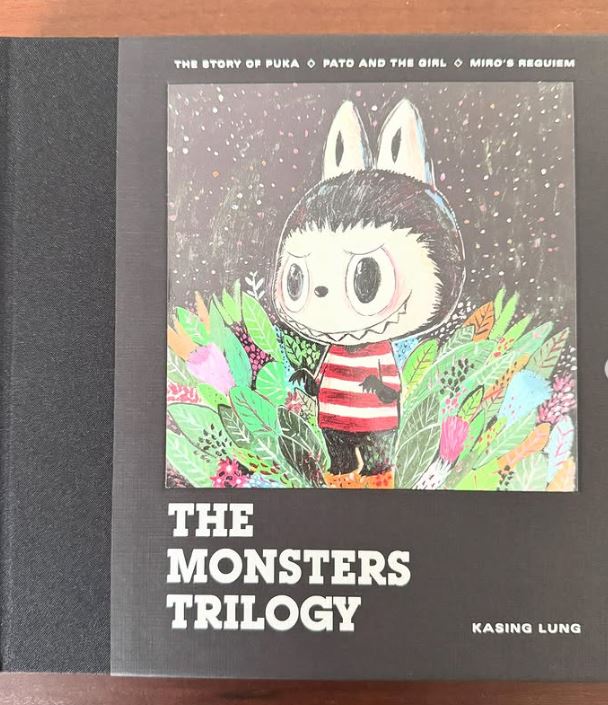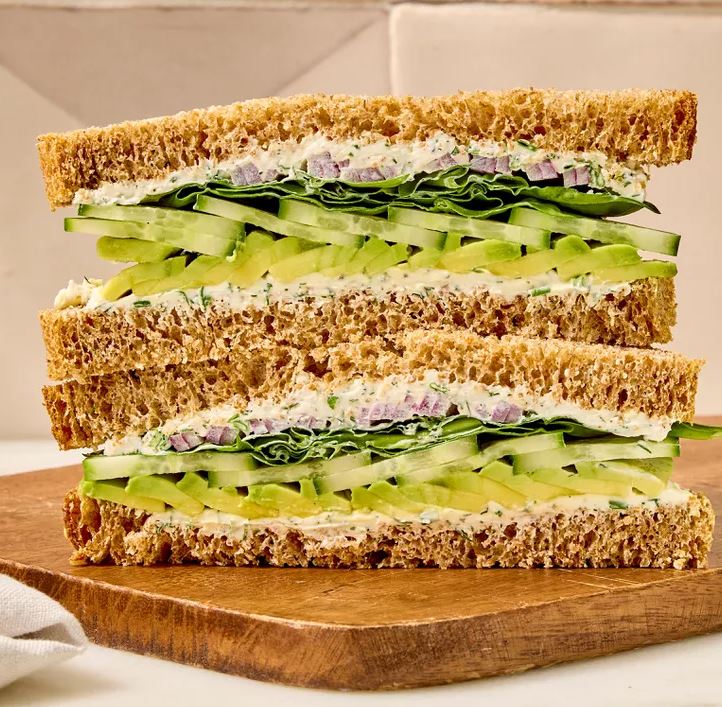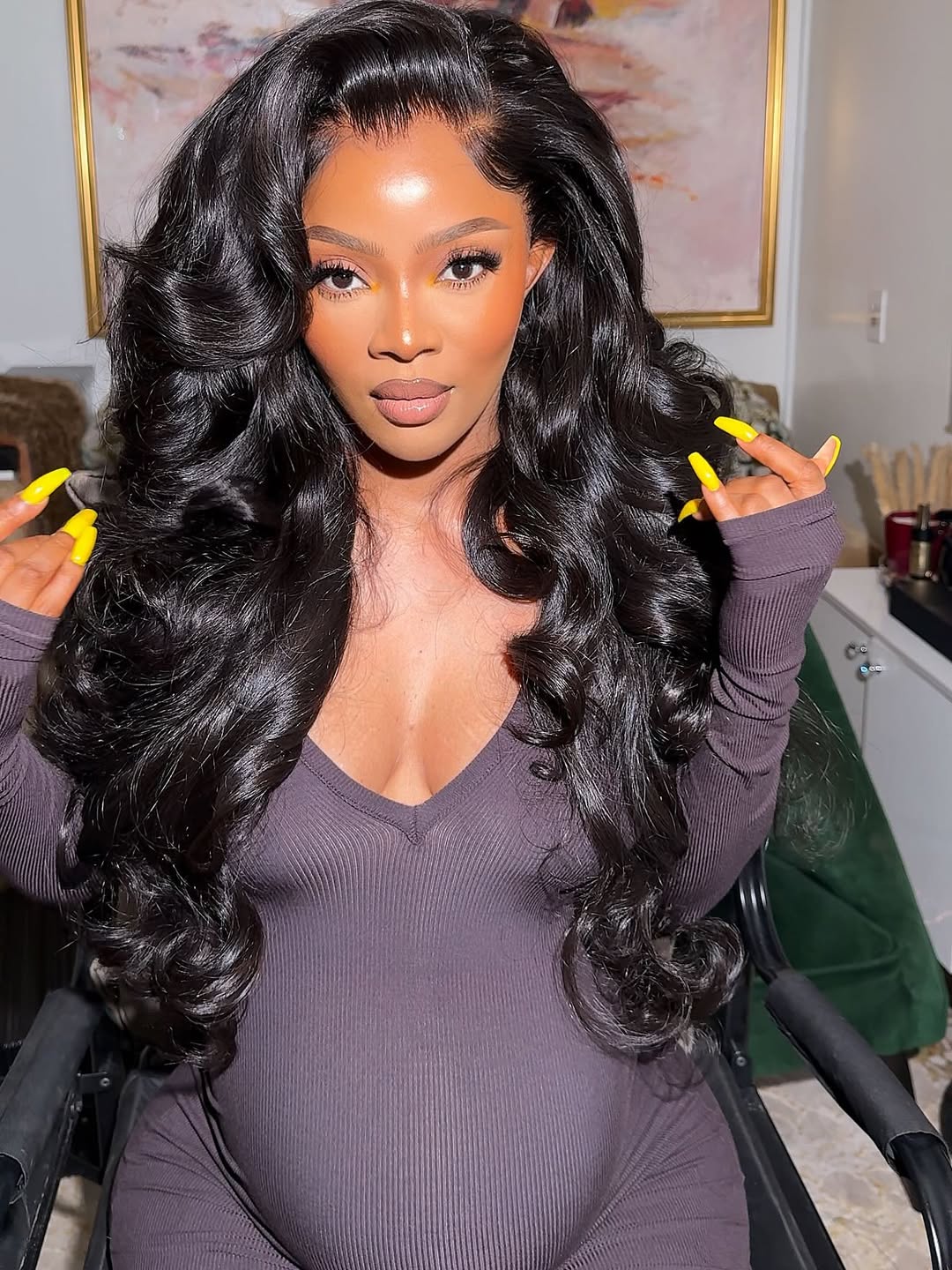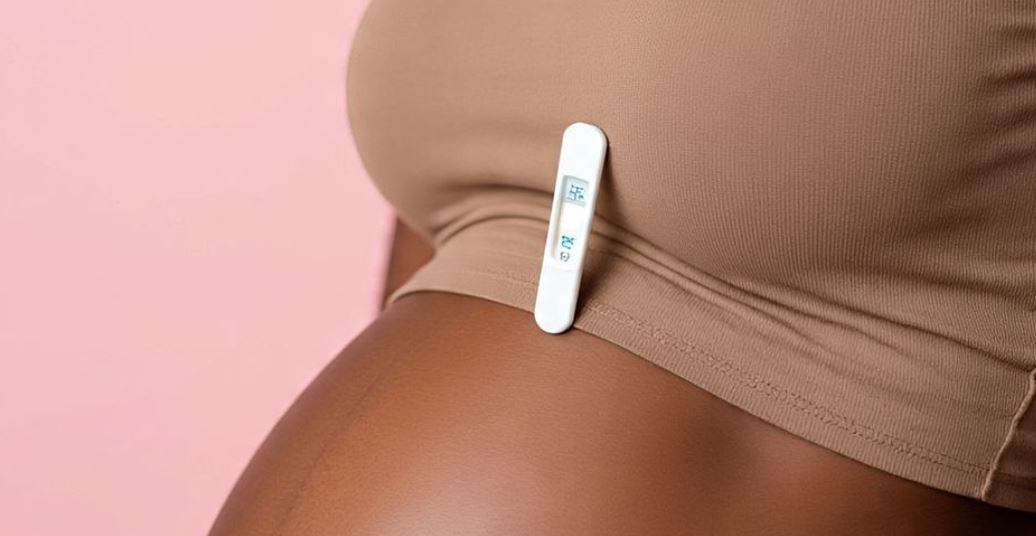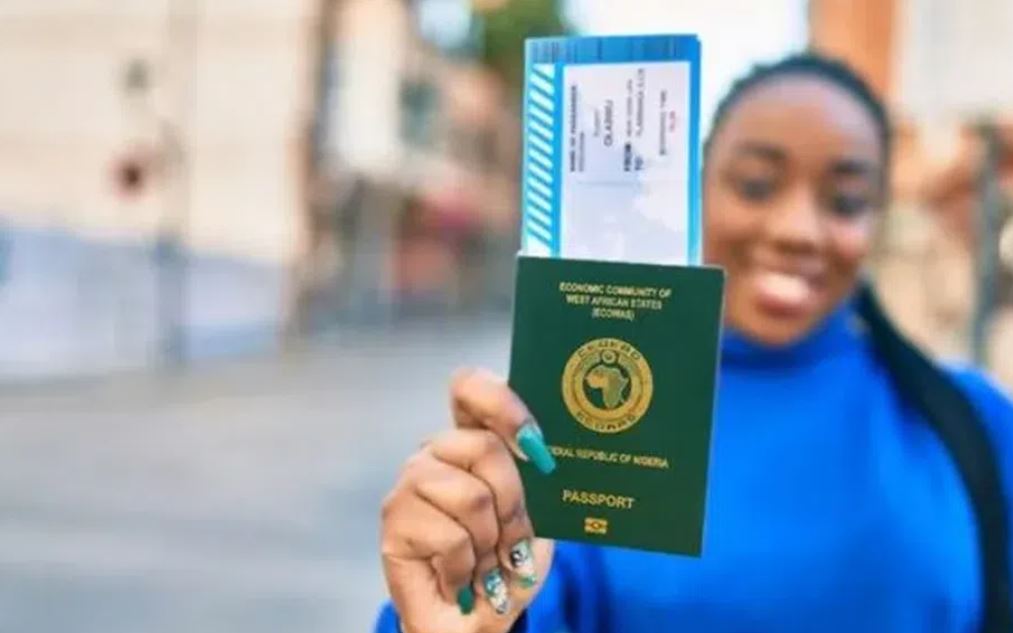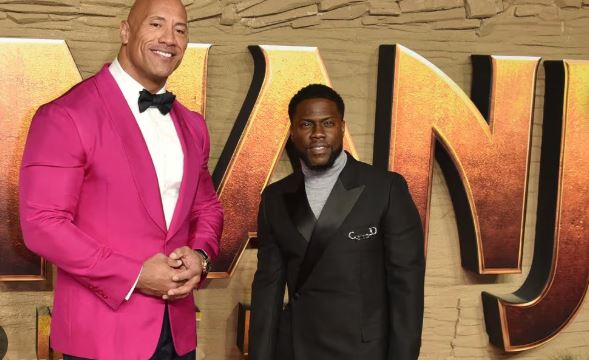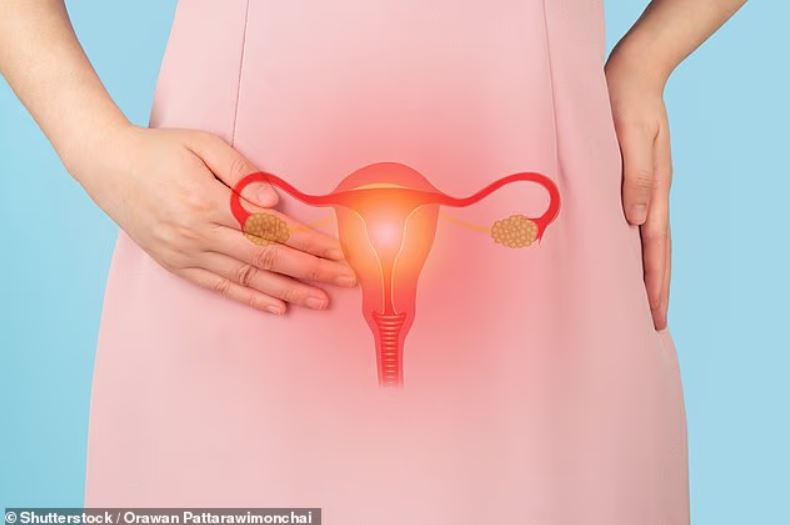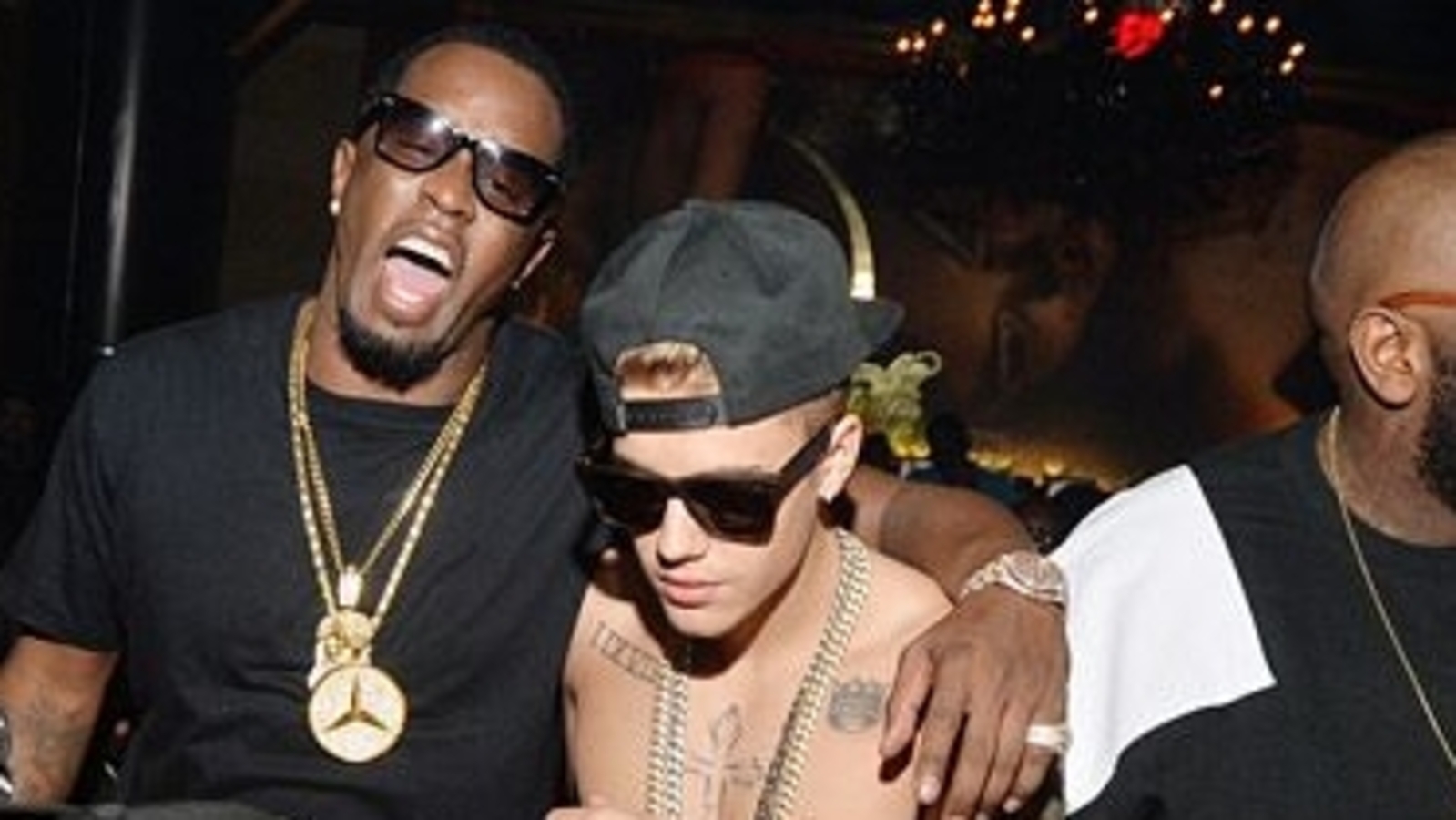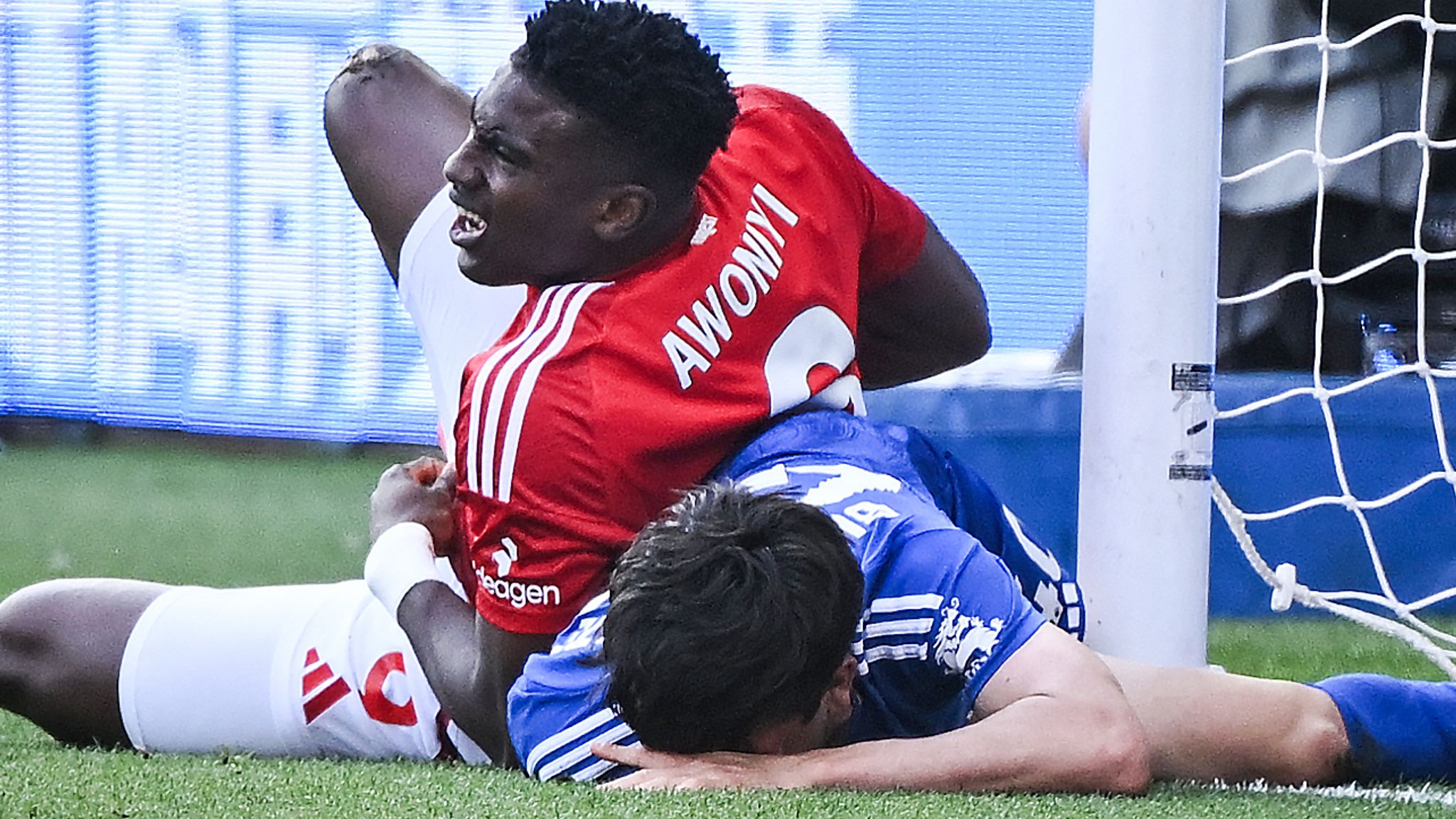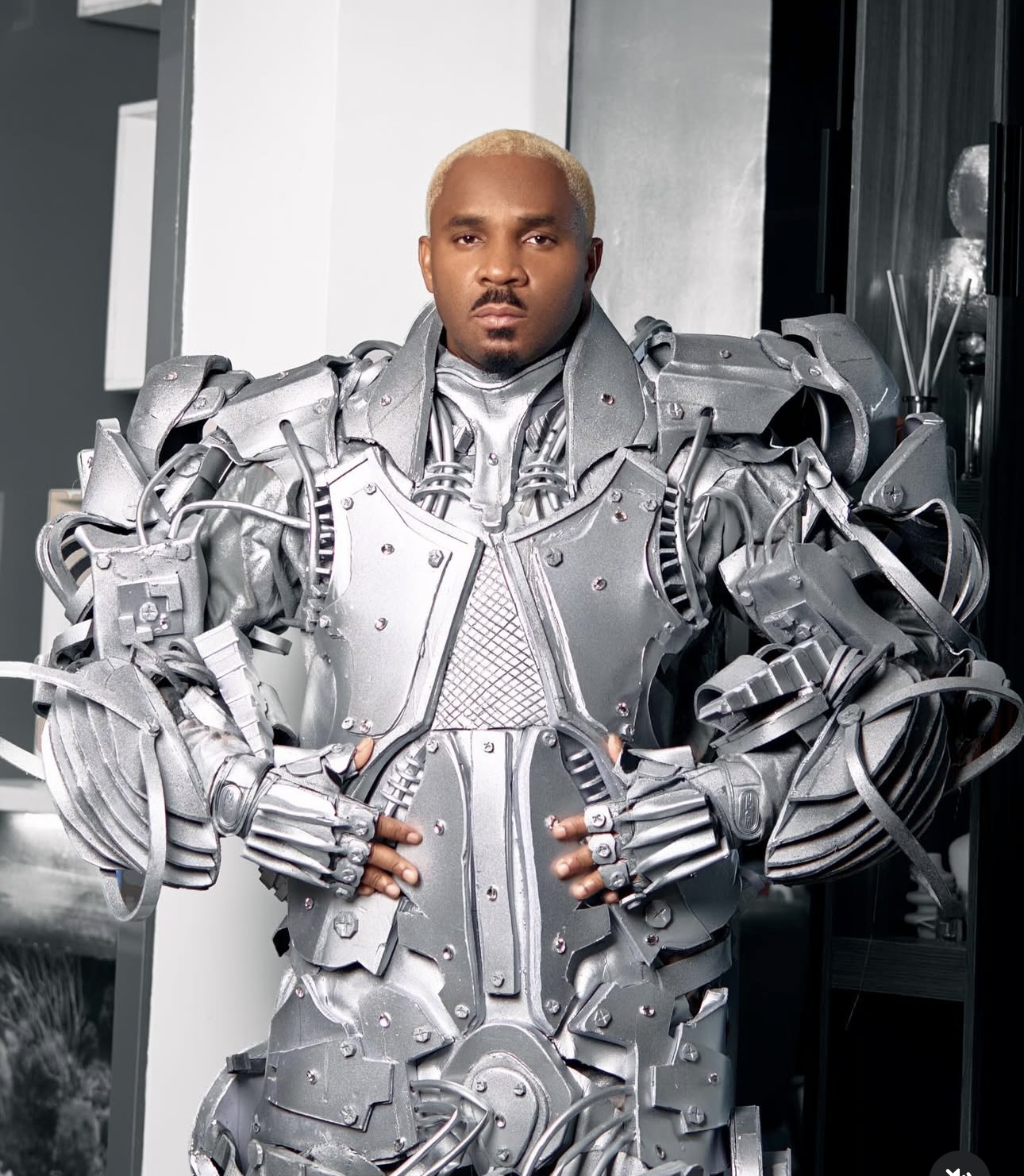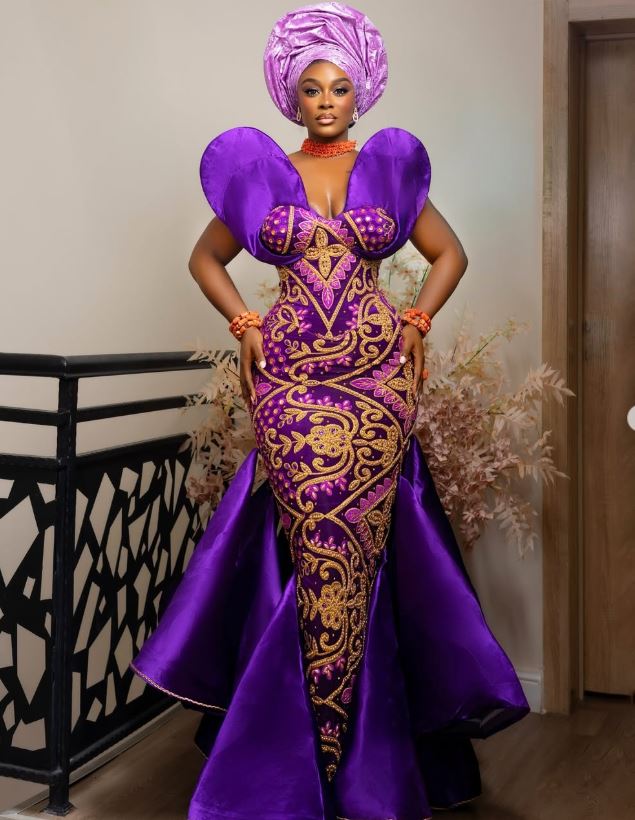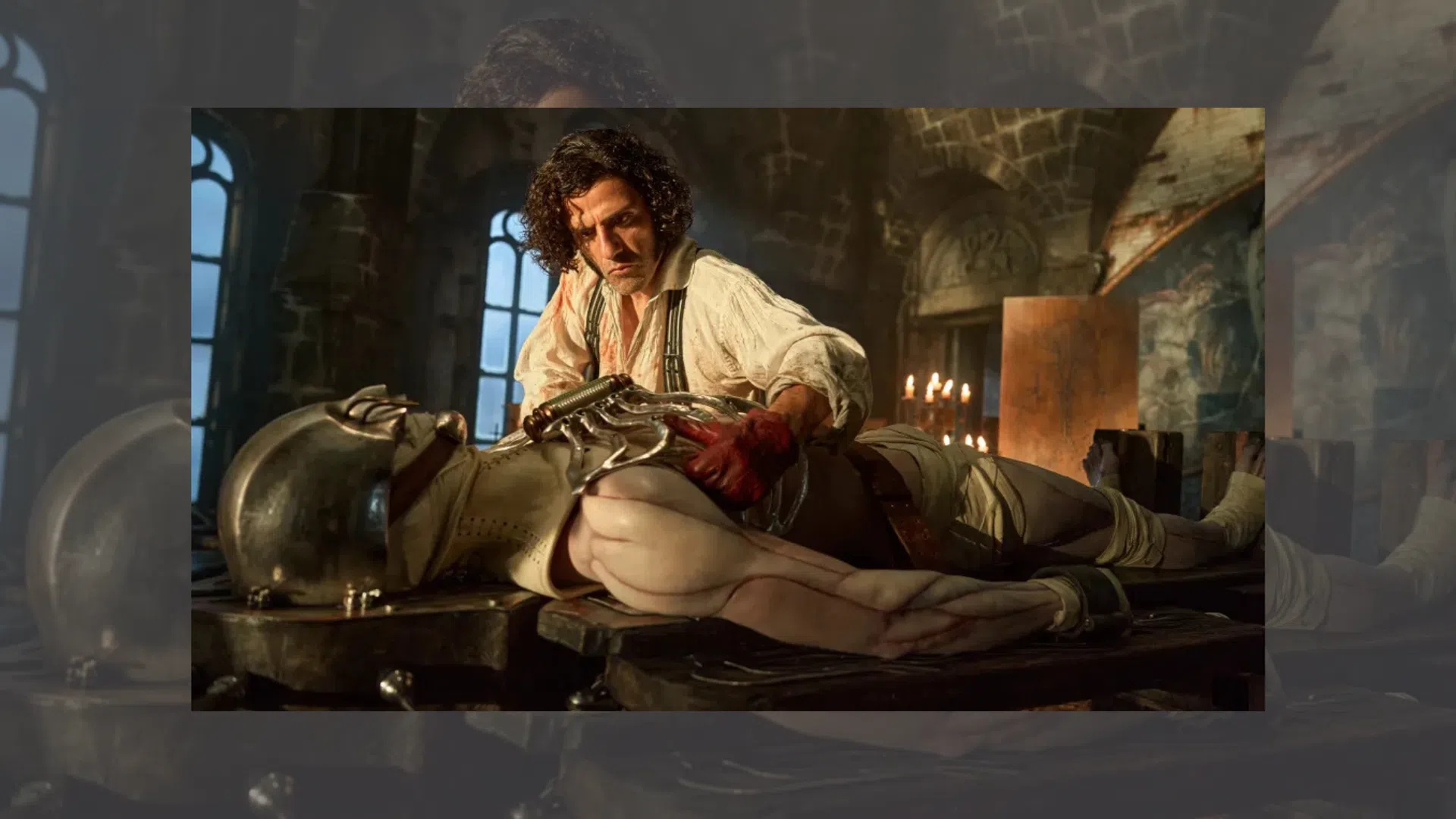If you haven’t seen the doll, you have definitely heard the name: Labubu.It’s weird. It’s toothy. It costs over ₦200,000. And yes, it’s everywhere.
What began as a niche collectible has now evolved into a global fashion accessory, with women styling their tote bags, backpacks, and vanity spaces, not for fun, but for fashion and positioning.
But how did this quirky toy become a viral status symbol?
🧩 The Origin Story
Labubu was created in 2015 by Hong Kong artist Kasing Lung as part of The Monsters series, a whimsical illustrated book featuring a playful tribe of female elves. These characters, though mischievous, were kind-hearted and full of personality. In 2019, Chinese collectibles giant Pop Mart partnered with Lung to commercialize the Labubu character, and with that, the doll began its slow but steady journey into pop culture.
💥 The Tipping Point
The breakthrough came when K-pop superstar Lisa (of BLACKPINK) casually flaunted her Labubu keychain in a viral post. That moment lit the match.
Soon after, celebrities like Rihanna, Hailey Bieber, David Beckham were all spotted with variations of the doll, elevating Labubu from toy to trend to symbol of cool and exclusivity.
📌 And in Nigeria?
No major celebrity has joined the Labubu wave officially, but Nigerians joined the trend, remixing it with local humour (plastic dolls) and memefying the moment into even more virality.
Was It Just Luck?
Not at all. Pop Mart didn’t rely on luck, they built for virality.
Here’s how:
🔹 Strategic Collaborations
Pop Mart regularly partners with independent artists to develop original, character-based IPs like Labubu, SkullPanda, and dimoo, creating an emotional, collectible appeal.
🔹 Scarcity + Surprise = Marketing Gold
Labubu dolls are sold in sealed “blind boxes.” You don’t know what colour or edition you’ll get until you unbox it. No picking, no previews, just mystery.
This taps into human psychology:
The thrill of unboxing the unknown
The desire to collect rare editions
The dopamine hit of surprise
Think of it like a designer lucky dip, where each box holds emotional anticipation and status potential.
View this post on Instagram
🔹 Retail & Experience Strategy
Pop Mart has launched over 400 stores and 2,000+ roboshops globally, making their toys tactile, accessible, and highly visible across Asia.
🔹 Community Building
They nurtured a collector subculture, encouraging fans to unbox, share, trade, and showcase their finds, & targeted aesthetically driven adults.
🔹 Influencer Visibility
While there’s no confirmed deal with Lisa, her influence kickstarted the craze. Whether organic or seeded, it shows how Pop Mart benefited from building a brand that was ready for a viral moment.
TL;DR:
Labubu didn’t blow up by chance. It blew up because strategy met opportunity. From scarcity-driven packaging and emotional design to community-building and celebrity proximity, Pop Mart set the stage long before the world noticed.
What have you learnt from the virality of the Labubu toy?

